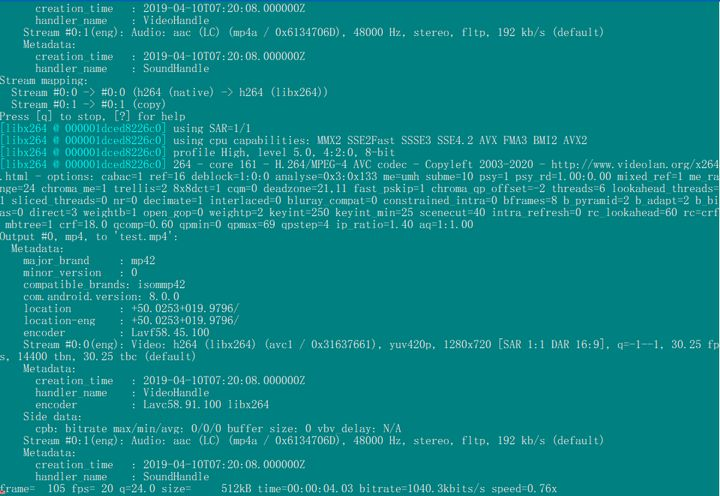

Rate control determines how many bits will be used in each frame. It is generally recommended to use two rate control modes: constant rate factor (CRF) or 2-pass ABR.


At the same time, it should be noted that when using CRF, it is not recommended to directly encode video for streaming media transmission. However, the disadvantage of CRF is that it cannot tell the encoder to expect a file of a certain size or not to exceed a certain size or bit rate. The main principle of the CRF mode is to dynamically adjust the QP value of each frame of video during the encoding process so that the bit rate can be maintained to maintain the required video quality level. When the size of the output file is not important, this method allows the encoder to try to achieve the desired target video quality file output for the entire file, that is, the so-called one-time encoding can achieve the maximum video compression efficiency under the expected video quality. This is the recommended rate control mode in most cases. If you want to maintain the best quality without worrying about the file size, you can use the CRF rate control mode at this time. Introduction to CRF:Ĭonstant Rate Factor (CRF, Constant Rate Factor) is an encoding mode that can adjust the file data rate up or down to achieve a selected quality level, rather than a specific data rate. I didn't record it in detail, so I aroused my curiosity, so I decided to figure it out and started this magical journey of CRF. I have been in touch with some coding and decoding parameters before, and CRF parameters have also been used, but when I was chatting with my friends recently, when I talked about the CRF parameters and the specific function process in the process of using FFMPEG, this has not been tracked before.


 0 kommentar(er)
0 kommentar(er)
